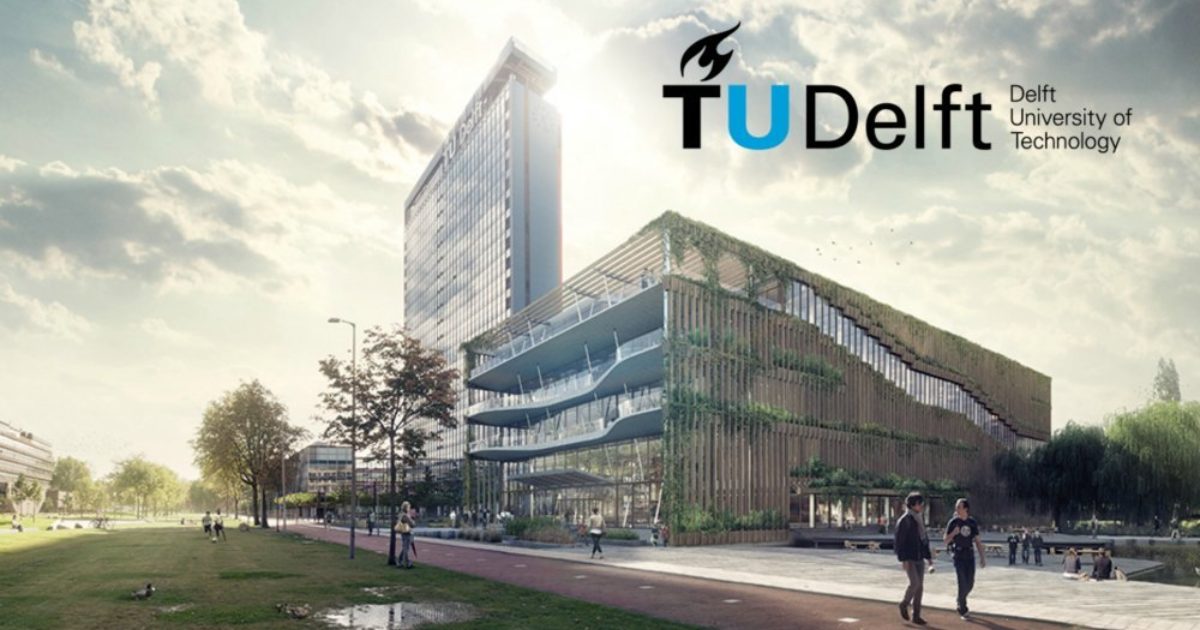TU Delft: Track-and-trace method predicts best possible resolution in microscopy
TU Delft scientists provide insight into the limitations of super-resolution microscopy and offer a new calculation method to determine maximum resolution. The major precision improvements previously made by fellow-researchers is nuanced by their publication. The technology is important for studying processes in the living cell, discovering the origin of diseases and developing new medicines. In addition, their publication nuances major precision improvements previously claimed by fellow researchers. Their findings were published in Biophysical Journal.
Delft research
In 2019, researchers from Delft had already given the field of super-resolution microscopy a considerable boost by improving the precision of the technique about twofold. Now they have published a scientific article that points out the fundamental limitations of super-resolution microscopy. ‘We also provide a method for other researchers to help them make more informed choices,’ says Delft PhD student and first author of the publication, Dylan Kalisvaart.
The researchers, led by Carlas Smith, lay new foundations for the super-resolution method called Iterative Single-Molecule Localization Microscopy. They use illumination patterns to zoom in on individual molecules. To do so, they use results from previous experiments to place the patterns closer and closer to molecules. This makes it possible to increase the sharpness of the image exactly where the molecules are.
Kalisvaart, researcher at the Delft Center for Systems and Control, explains: ‘We show (with the so-called Van Trees inequality) that resolution improvements can be attributed to prior knowledge obtained from previous experiments. This enables us to demonstrate what the practical settings of a microscope should be, given the circumstances and prior knowledge, in order to achieve the best result.’
Super-resolution microscopy
Super-resolution microscopy is a groundbreaking technology that allows researchers to look inside living cells. The technique uses luminescent proteins that can be found in jellyfish, for example. In 2008, three top researchers were awarded the Nobel Prize in Chemistry for the discovery and development of this luminescent protein, called GFP (Green Fluorescent Protein). Researchers can attach these fluorescent proteins to molecules using gene editing. When you shine a laser on these proteins, they emit a small amount of light.
Single Molecule Localization Microscopy (SMLM) ensure that molecules are randomly switched on or off. Sensitive sensors make a video of these light signals, after which researchers analyse the data obtained. This enables them to determine the location of the molecules very precisely and to make a reconstruction of the cell structure. With an ordinary optical microscope, you can make images at a scale of about half a micron. Super-resolution microscopy increases this ability by a factor of ten.
Development of super-resolution microscopy
The field of super-resolution microscopy has developed rapidly over the past decade. In 2014, three researchers received the Nobel Prize in Chemistry for what came to be known as ‘super-resolution microscopy’. One of the three winners was German researcher Stefan Hell. Researchers from Hell’s lab argued in 2020 that Iterative Single-Molecule Localization Microscopy would vastly improve resolution. The sdoncientists from TU Delft now show that these major resolution improvements are virtually unattainable in practice.
Kalisvaart: ‘In a practical situation, the best you can hope for is an improvement of about five times compared to the standard technique. The field largely assumed that there was much greater potential. We have now looked at this problem for the first time using a different mathematical (Bayesian) approach and have shown that the resolution improvements of Hell’s group are difficult to achieve in practice.’
Will people see the publication in Biophysical Journal primarily as a setback? ‘I don’t see it that way’, says Carlas Smith, Kalisvaart’s supervisor. ‘It’s essential that the underlying science is solid. If there’s something wrong with the structure, then you have to go back to ground level to rebuild the foundation.’

